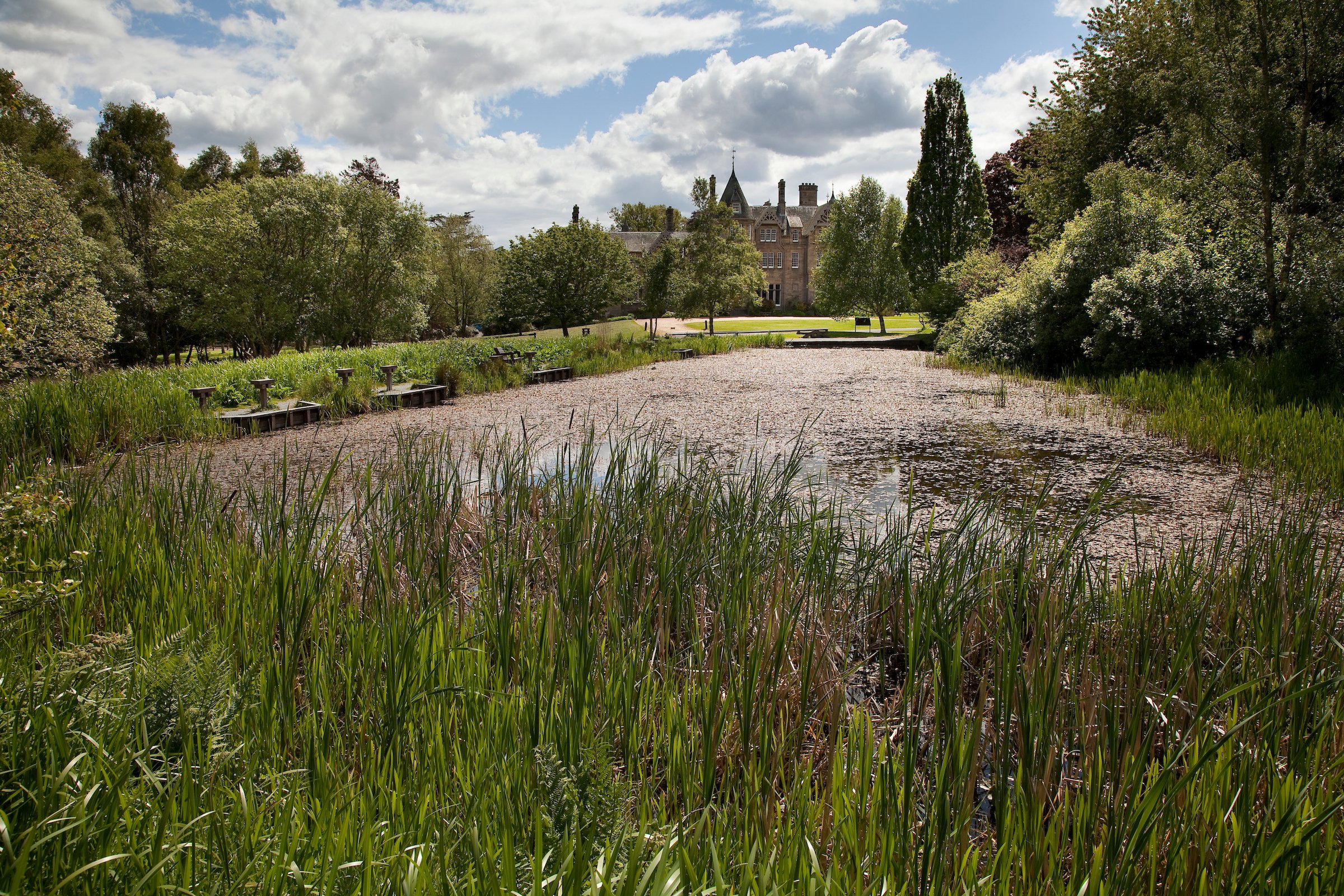Welcome to Midlothian
Image credit: Midlothian Council
Midlothian is one of the smaller local authorities in Scotland. It has a population of just over 91,340 (ONS, 2018). t is surrounded by the City of Edinburgh, East Lothian and the Scottish Borders. Midlothian is predominantly a rural area.
In terms of its population, Midlothian has one of fastest growing in Scotland with new housing developments throughout the county. Completed in 2015 and running through Midlothian, the Borders Railway provides great links between Edinburgh, the county’s towns and the Scottish Borders.
Midlothian has two Country Parks, Dalkeith Country Park (Buccleuch Estates) and Vogrie Country Park (Midlothian Council). The county also includes much of the Pentland Hills. These locations provide great spaces for local residents to explore the countryside hosting a wide range of activities for local residents and their families and enabling them to ‘recharge their batteries’ and improve their health and well-being.
Up until the mid-1980’s the county was a thriving mining area and this has had a lasting impact even into present times. Midlothian had a range of other industries such as paper making, and gun powder works. More recently, Midlothian has become renowned for its science and technology services located in the west of the county. Newtongrange is the location of the National Mining Museum of Scotland. Other attractions include the Midlothian Snowsports Centre and Rosslyn Chapel, featured in the best-selling book the Da Vinci Code.
As with other areas of Scotland, a diverse range of groups and organisations came together to work to support the community during the Covid pandemic. Midlothian’s Community Councils were involved, playing a central role in the local resilience activities. Third Sector and Social Enterprises took a very active role in community-wide responses complementing the action taken by individual voluntary organisations to support their existing service users. Many Community Development Trusts were active and creative in their responses to needs within their communities. Local community-led resilience groups provided hot meals, grocery deliveries, clothing parcels, prescription collections, online social and creative activities, and helped to promote other local businesses. Funding was drawn in from the Scottish Government to undertake this work.
Many people, including S5 and S6 pupils, volunteered to assist to support community resilience. There were 515 local community resilience volunteers and an additional 450 who came through the ‘Ready Scotland’ website but were not able to be utilised.
Midlothian Council will work alongside third sector and voluntary groups to develop its Remembering Together project.
For further information about Midlothian, contact Paul Johnson, Communities, Lifelong Learning and Employability cll@midlothian.gov.uk

